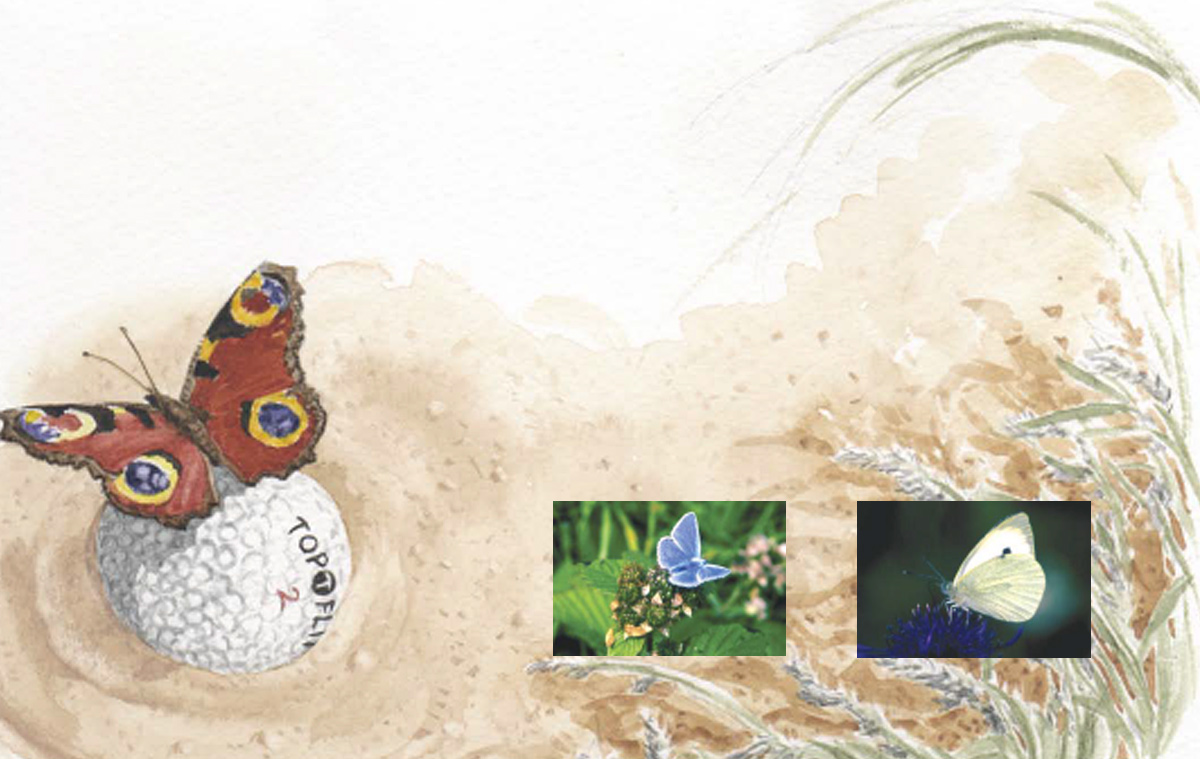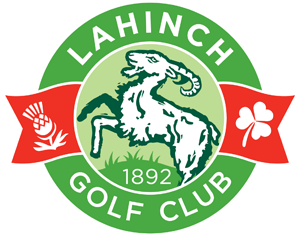Butterflies

A rich and diverse flora implies a similarly rich insect life. Butterflies, the showiest of the insects are the clearest indicator of this connection. Not only do butterflies feed on the nectar of flowers but they are also a fundamental element in their reproductive cycle. Sunshine brings butterflies to life. When the sun’s rays illuminate and heat the slopes and hollows of the links butterflies like the small, green- veined and large white (often called the cabbage white) become active sometimes fluttering distractingly near the wayward golf ball. It is however the less obvious species such as the common blue and the tan-coloured small heath, that are most interesting.
These are generally found in close proximity to their food plants, birdsfoot trefoil and meadow-grass. One to look out for, one of Ireland’s scarcest butterflies, is the small blue. This tiny slate-coloured species is associated with its larval food plant, kidney vetch, a common species in the dunes. Occasionally a flicker of red and black shows at the flowers. This is actually a day-flying moth – either a burnet or a cinnabar. The red and black colour is a warning – ‘Don’t eat me’. Toxins extracted from their food plants render these moths poisonous to predators. The dunes support other less colourful moths and a multitude of micro-moths, too small and too numerous to mention.
